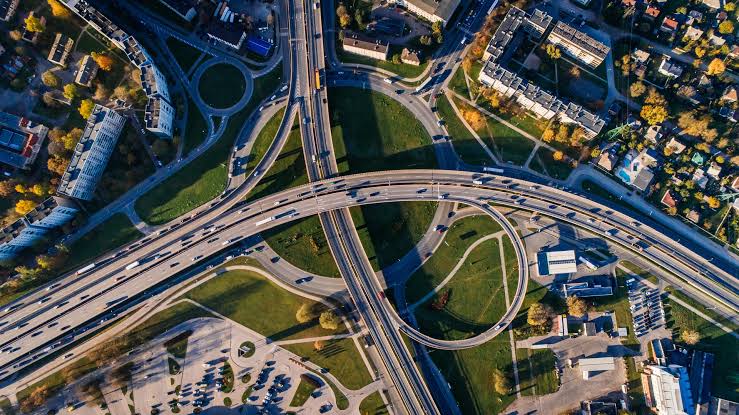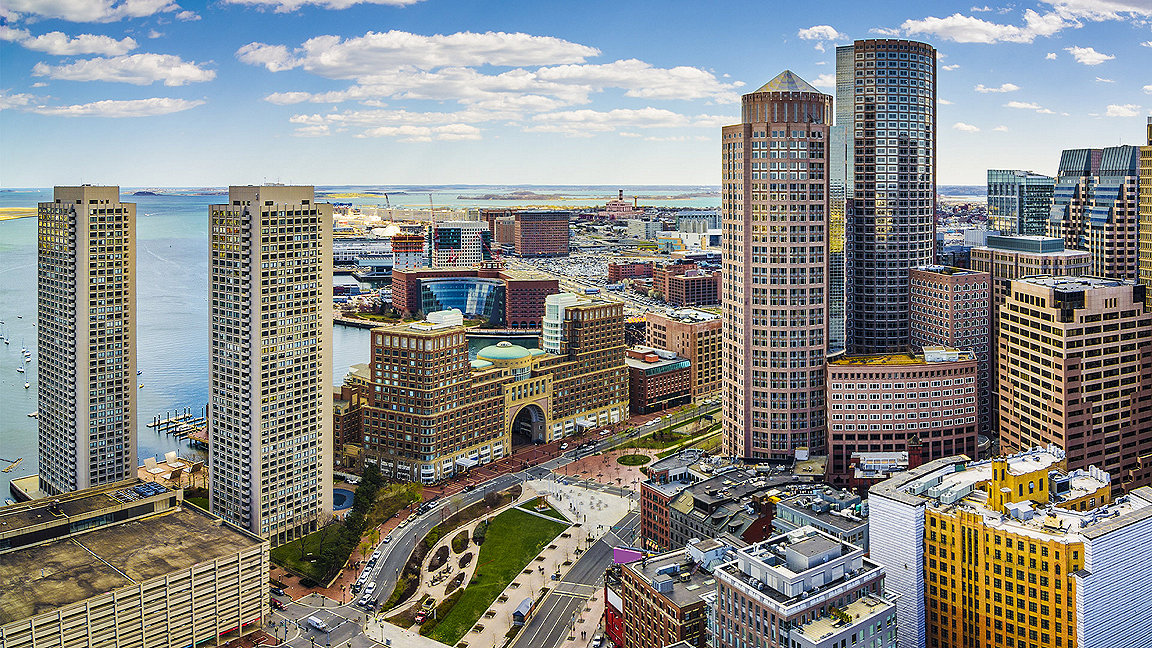Urban infrastructure will determine how well cities flourish in 2025, therefore influencing daily life, economic development, and sustainability. Top 10 cities with the best infrastructure stand out for their creative urban design, dependable utilities, and cutting edge transit options. These cities guarantee effective mobility for millions of people by giving top priority to flawless public transit including high speed rail, electric buses, and bike friendly paths. Often run on renewable sources like solar and wind, robust energy grids provide continuous power while lowering environmental effect. Modern filtration and recycling enable water management systems to assure fresh, easily available water.
These cities remain linked thanks to high speed internet and 5G networks, which also encourage smart city technologies such artificial intelligence driven traffic control. Another feature is trash management; zero waste rules and recycling programs establish world norms. From Singapore’s futuristic transportation hubs to Copenhagen’s green urban design, these cities mix use with visual beauty. Examining the top ten cities with the finest infrastructure for 2025 shows how well planned investments in utilities, transportation, and technology build strong, livable metropolitan environments. Find which cities set standards for sustainability, connection, quality of life, and future direction of urban living.
The Top Ten Cities With The Best Infrastructure In 2025
10. Philadelphia

Philadelphia ranks tenth for its forward thinking infrastructure, emphasizing equity, safety, and sustainability. The city has leveraged significant federal funding to drive transformative projects that enhance urban mobility and environmental health. A standout initiative is the Chinatown Stitch, which aims to cap a portion of the Vine Street Expressway, reconnecting the Chinatown neighborhood and improving pedestrian access. This project, in its final design phase, promotes community cohesion and safety. Another key effort is the electrification of 20 school buses, reducing diesel emissions and fostering cleaner air for students, with completion expected by 2026. Philadelphia is also upgrading high injury corridors like Old York Road through the Safe Streets for All program, adding bike lanes and pedestrian safety features. Additionally, a multimodal accessibility project around six North Philadelphia schools enhances safety for students and residents. These initiatives reflect Philadelphia’s commitment to inclusive urban planning, sustainable transportation, and resilient infrastructure. By integrating smart city principles and prioritizing underserved communities, the city is building a foundation for long term growth and livability, setting a model for equitable infrastructure development in 2025.
9. San Diego

San Diego, ranked ninth, is tackling its infrastructure needs with a focus on water management and climate resilience. Facing a significant funding gap, the city is prioritizing critical projects to ensure reliable utilities and environmental sustainability. A major initiative is the modernization of Pump Station 1, which upgrades water infrastructure to meet growing demand. The Morena Pipeline project further strengthens the city’s water supply system, ensuring consistent access to clean water. San Diego is also addressing stormwater challenges with emergency repairs and replacements, such as the South Mission Beach stormwater drainage project, which mitigates flooding risks. These efforts are part of a broader strategy to enhance resilience against climate driven challenges like heavy rainfall. The city’s investment in sustainable infrastructure includes energy efficient systems and smart technologies to optimize resource use. By prioritizing water security and flood prevention, San Diego is building a robust framework for urban living. These projects, set to advance in 2025, underscore the city’s commitment to sustainable urban planning, reliable utilities, and long term resilience, making it a leader in addressing environmental challenges through innovative infrastructure solutions.
8. Boston
Boston, ranked eighth, is transforming its infrastructure with a focus on sustainability and economic growth. The city’s 2025 projects emphasize green building practices and transit oriented development. A flagship project is Fenway Center, a massive mixed use development featuring office, lab, and retail spaces alongside green areas, creating thousands of jobs and significant tax revenue. Another key initiative is the South Station Tower, a 51 story tower with office and residential units, designed to meet high sustainability standards like LEED Gold and WELL Gold certifications. Additionally, the 74M project in Somerville, a lab and R&D facility, prioritizes energy efficiency with LEED Platinum certification. Boston’s infrastructure investments are supported by a multi billion dollar capital plan, enhancing public transit and bike friendly pathways. These developments integrate smart city technologies, such as energy efficient systems and high speed internet, to improve connectivity and livability. By blending innovation with environmental responsibility, Boston is creating a vibrant urban landscape that supports economic vitality and sustainable urban planning, positioning it as a leader in modern infrastructure for 2025.
7. Los Angeles

Los Angeles, ranked seventh, is a hub of infrastructure innovation, with ambitious projects enhancing connectivity and sustainability. The city is expanding its Convention Center, adding significant exhibit and meeting spaces to boost tourism and economic activity. The LAX/Metro Transit Center Station, set to open in 2025, will connect metro lines to the airport, improving urban mobility. The D Line Extension, a multi billion dollar subway project, will add new stops, easing traffic congestion. Los Angeles is also advancing the Brightline West high speed rail, linking to Las Vegas, with construction accelerating in 2025. The Exposition Park expansion will create new green spaces, preparing for the 2028 Olympics. Additionally, the Samuel Oschin Air and Space Center will house the Space Shuttle Endeavor, doubling the California Science Center’s size. These projects integrate smart technologies like AI driven traffic management and 5G networks, ensuring efficient transportation and connectivity. Los Angeles’s commitment to sustainable infrastructure and urban planning positions it as a global leader in creating resilient, connected urban spaces for 2025.
6. Seattle
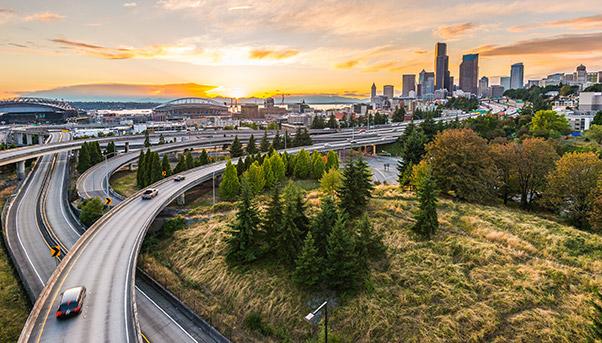
Seattle, ranked sixth, excels in progressive transportation and sustainable urban planning. The city is implementing the Aurora Licton Springs Healthy Street project, adding permanent pedestrian and cyclist friendly features by 2025. The Fauntleroy Terminal Replacement, a major ferry terminal overhaul, will serve millions of riders annually, with construction starting in 2025. Seattle’s Transportation Levy funds bike lanes, sidewalks, and transit upgrades, enhancing urban mobility. The city is also revitalizing its downtown with projects like the Overlook Walk and Waterfront Project, creating vibrant public spaces. Seattle integrates smart city technologies, including energy efficient systems and high speed internet, to optimize infrastructure performance. Its zero waste initiatives and renewable energy investments further bolster sustainability. These efforts reflect Seattle’s commitment to resilient infrastructure, prioritizing accessibility and environmental responsibility. By blending innovative transportation solutions with green urban design, Seattle is building a connected, livable city that sets a high standard for sustainable infrastructure in 2025, ensuring long term growth and quality of life for residents.
5. Austin

Austin, ranked fifth, is a rising star in infrastructure, driven by its booming tech sector and commitment to sustainability. The city boasts a high concentration of tech jobs, supported by numerous coworking spaces that foster innovation. Austin’s extensive network of electric vehicle charging stations, among the largest in the nation, promotes sustainable transportation and reduces emissions. The city is integrating smart city technologies, such as AI driven traffic management and high speed 5G networks, to enhance connectivity and efficiency. Investments in energy efficient systems and renewable energy sources ensure reliable utilities, while advanced water management systems secure clean water access. Austin’s urban planning prioritizes bike friendly pathways and public transit expansions, easing congestion in its rapidly growing population. These initiatives reflect a strategic approach to sustainable infrastructure, balancing economic growth with environmental responsibility. By fostering a tech driven, connected urban environment, Austin is positioning itself as a leader in smart cities and urban mobility, setting a benchmark for innovative infrastructure in 2025.
4. Washington, D.C.
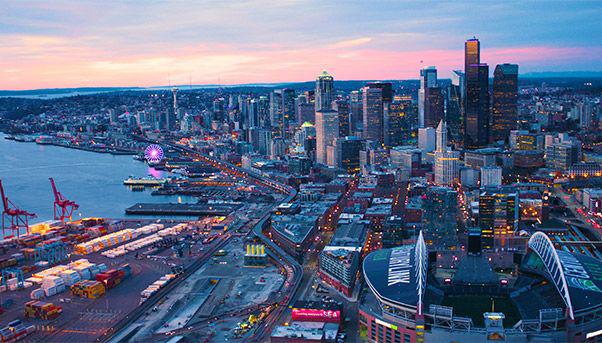
Washington, D.C., ranked fourth, is a model for sustainable infrastructure, with a strong focus on green buildings and clean transportation. The city leads in LEED certified buildings, showcasing energy efficient designs that reduce environmental impact. Its robust electric vehicle promotion includes widespread charging infrastructure and incentives, supporting a shift to sustainable transportation. The public transit system is increasingly electrified, with hybrid and electric buses improving air quality. Washington, D.C., also invests in smart city technologies, such as high speed internet and AI driven traffic control, to enhance urban connectivity. Advanced water management and recycling systems ensure resource efficiency, while zero waste initiatives promote environmental sustainability. The city’s urban planning emphasizes green spaces and bike friendly pathways, fostering livable communities. These efforts reflect a commitment to resilient infrastructure that balances economic vitality with environmental stewardship. By prioritizing clean energy and innovative urban solutions, Washington, D.C., is setting a high standard for sustainable infrastructure in 2025, creating a connected, eco conscious urban environment.
3. San Jose

San Jose, ranked third, is a global tech hub with cutting edge infrastructure that supports innovation and sustainability. Home to tech giants, the city drives economic growth through a high concentration of tech jobs. Its extensive network of electric vehicle charging stations promotes sustainable transportation, reducing carbon emissions. San Jose’s zero waste initiatives, including advanced recycling and waste management systems, set a benchmark for environmental responsibility. The city’s numerous LEED certified buildings reflect a commitment to energy efficient urban planning. San Jose integrates smart city technologies, such as 5G networks and AI driven traffic management, to optimize connectivity and mobility. Investments in renewable energy and advanced water filtration ensure reliable utilities, supporting the city’s growing population. Bike friendly pathways and public transit enhancements further enhance urban mobility. San Jose’s infrastructure blends technological innovation with sustainable practices, creating a resilient urban environment. By prioritizing smart technologies and green initiatives, San Jose is a leader in sustainable infrastructure for 2025, offering a model for tech driven urban development.
2. New York City

New York City, ranked second, is a global leader in infrastructure, blending innovation with sustainability. The city’s extensive network of coworking spaces fosters a dynamic work environment, supporting economic growth. Free Wi Fi hotspots across the city enhance digital connectivity, ensuring access for all. New York is a hub for AI companies, driving advancements in smart city technologies like traffic management and energy efficient systems. Its robust electric vehicle charging infrastructure supports sustainable transportation, reducing emissions. The city’s zero waste programs, including recycling and composting initiatives, promote environmental sustainability. Investments in high speed 5G networks and renewable energy grids ensure reliable utilities, while advanced water management systems secure clean water access. New York’s public transit system, with its iconic subway and expanding bike lanes, enhances urban mobility. These efforts reflect a commitment to resilient infrastructure that balances economic vitality with environmental responsibility. By integrating cutting edge technologies and sustainable urban planning, New York City is shaping the future of urban living in 2025, setting a global standard for connected, livable cities. (212 words)
Keywords: New York City infrastructure, smart city technologies, sustainable transportation, zero waste, urban connectivity, public transit, green infrastructure.
1. San Francisco
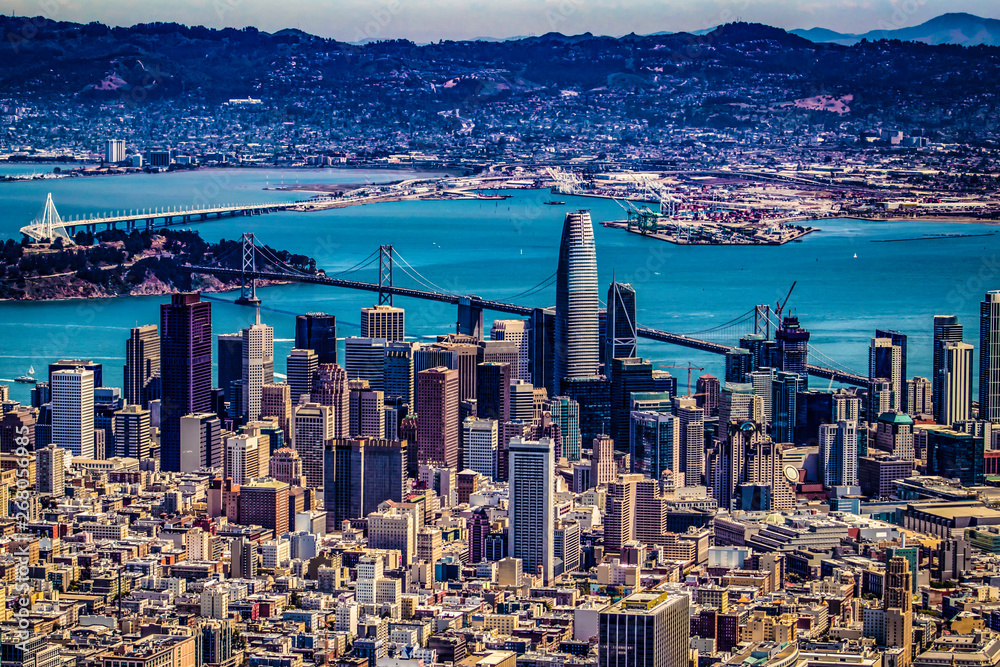
San Francisco, ranked first, sets the global standard for smart infrastructure in 2025, driven by its tech leadership and sustainability focus. The city boasts the highest concentration of tech jobs, with AI and IoT companies shaping its innovative landscape. San Francisco’s extensive electric vehicle promotion, including numerous charging stations, supports sustainable transportation and reduces emissions. The city integrates smart city technologies like AI driven traffic control, 5G networks, and energy efficient systems to optimize urban mobility and connectivity. Its zero waste policies and advanced recycling programs lead in environmental sustainability, while renewable energy grids ensure reliable utilities. San Francisco’s urban planning prioritizes green spaces, bike friendly pathways, and public transit, fostering livable communities. Advanced water management systems secure clean water access, addressing climate challenges. These initiatives reflect a strategic approach to resilient infrastructure, balancing technological innovation with environmental stewardship. By leading in smart technologies and sustainable urban planning, San Francisco is a blueprint for the future of urban living, creating a connected, eco conscious city that excels in infrastructure excellence in 2025.

